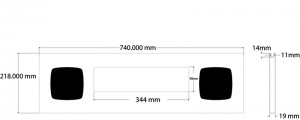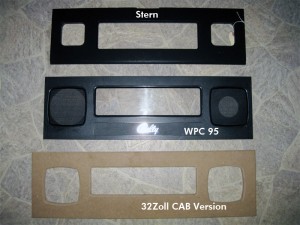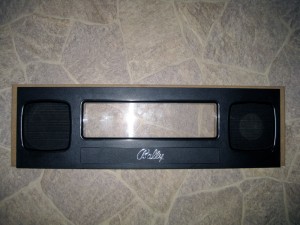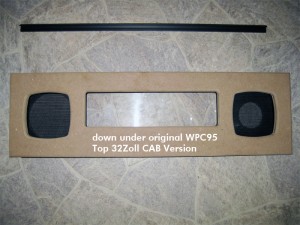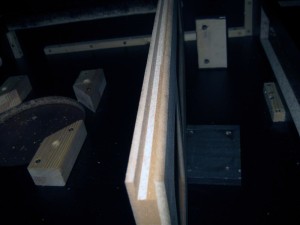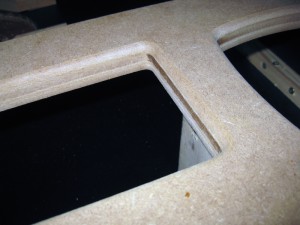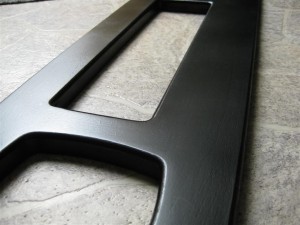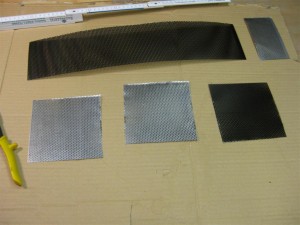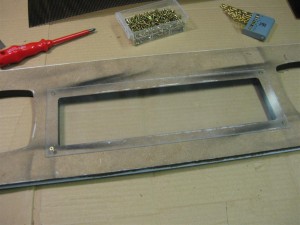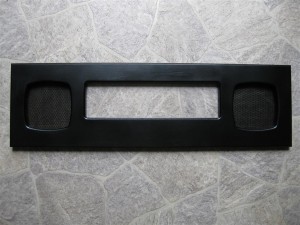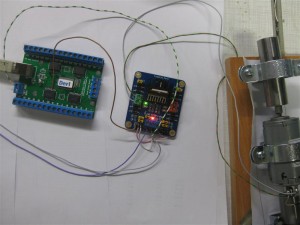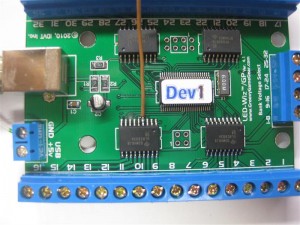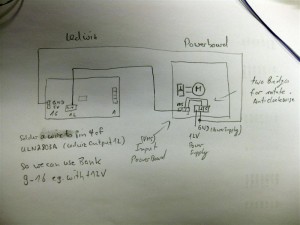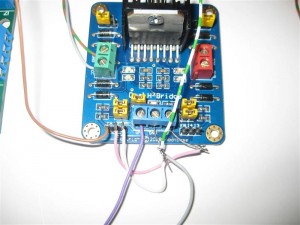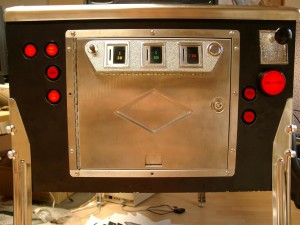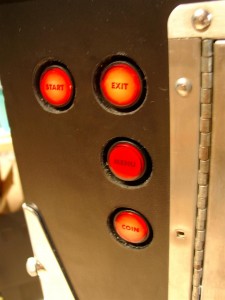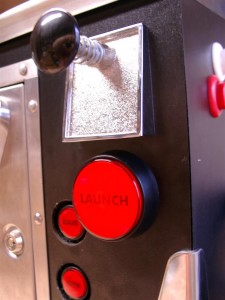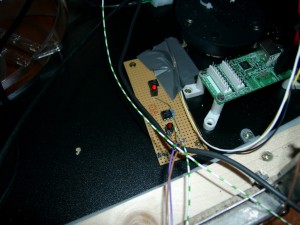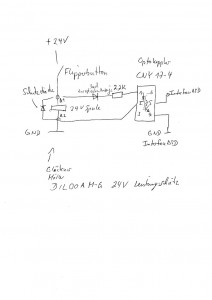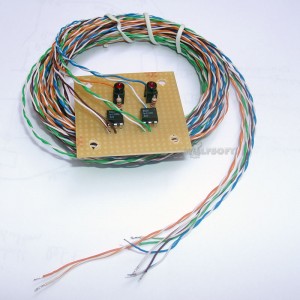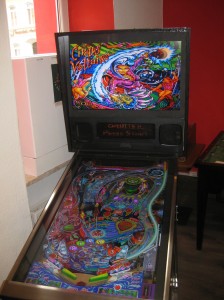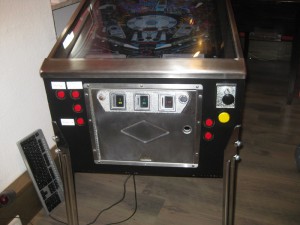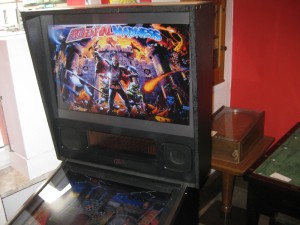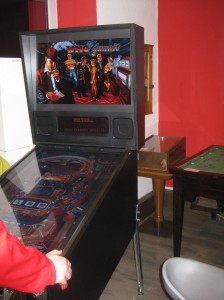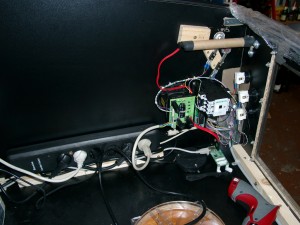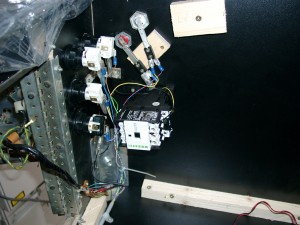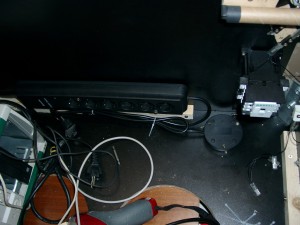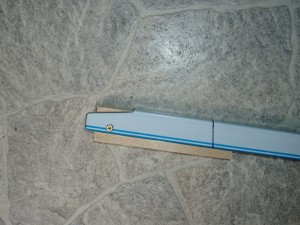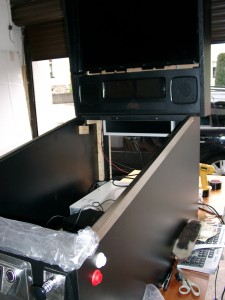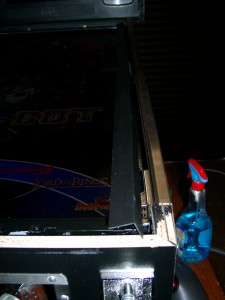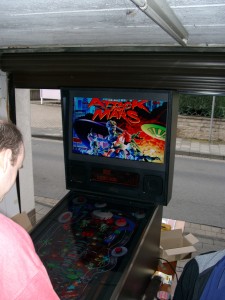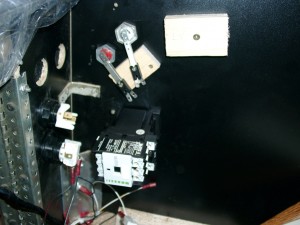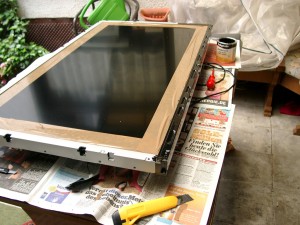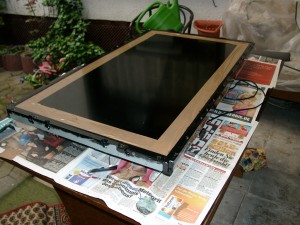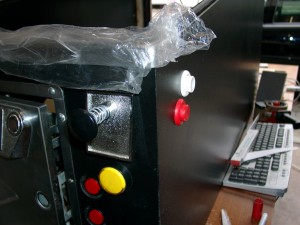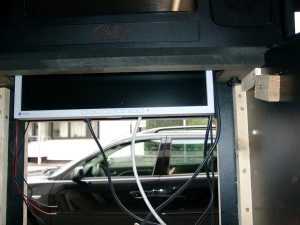After month of using my virtual pinball cabinet with „only“ two Solonids for the flipperfinger and getting a real MM Pinball in August, I realised we are in need of more „ForceFeedback“ for our virtualpinball Cabinets.
After talking with chriz99 about this we posted in differnet forums and found Manofwar (the programmer) with Ext2k as betatester. They will release it when it will come out of the betastate…
I presented the new rumble feature last Saturday here in germany at the flippermuseum.eu and it was great.
So here are some infos about the upgrade I done.
I/O Port Device
To get Solonoids to work we choose the ledwiz32 from www.groovygamegear.com.
It can drive 32 Outputs and have the ability to make RGB-Colors with PWM dimmable.
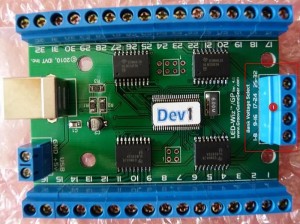
It can drive up to 4 different Voltages for each of 8 Outputs. And the max is 50V per Output @500mA.
As the planed highpower Leds and solonids pulls a lot of current, I done some extra wires for the positive site like this. I don’t know if its needed but I want to be sure nothing goes wrong…
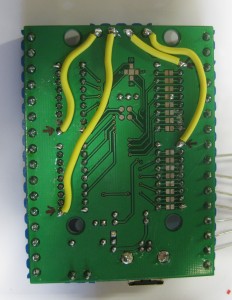
The Goal
To see what we want to upgrade look here (Thanks to chriz99 for the picture):
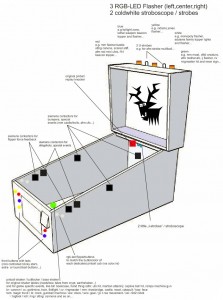
Royal Rumble with seven Solonids
In my first step I added 5 more Solonoids. So we have a total of 7 Solonoids
- two in front for the flipperfingers
- two for the slingshots
- two in the back for effects like bumpers
- one in den center for eg. bumpers too
I have four with 24V from Gloeckner Moeller and three Siemens like chriz99/Ext2k.
Here you can see where I place the 7 solonids (marked red)
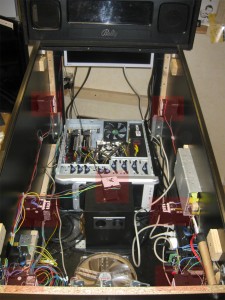
Separate Power Supply
I used a power supply from a german electronic store with 12V and 5V like this
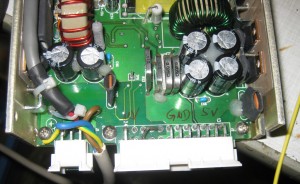
Make sure to use separate fuses for the powersupply, so nothing can’t go wrong!
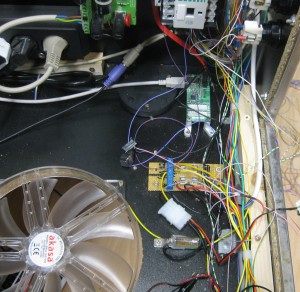
Colored Flipperbuttons
We planed to use for the main flipperbuttons in transparent with RGB-Leds, so we can make it lite up in every color. It is planed to make them light up in the original color of the selected Pinball Table. So we have the same color of the Button as in the original Pinball Cabinet.
I am using a 5mm RGB-Led for this. The problem was if I put it to the site of the transparent button the color was not bright enough. So I tried to put the Led into the flipperbutton.
The original hole must be 5mm and I done it like this:
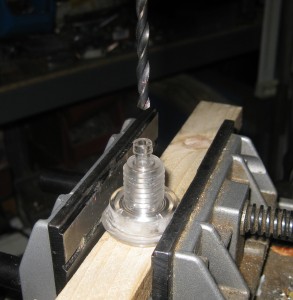
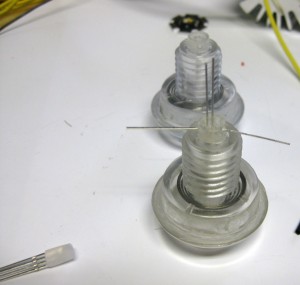
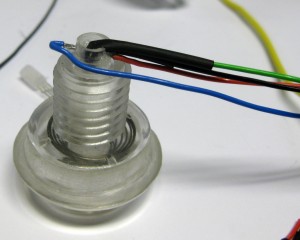
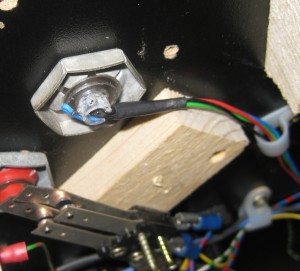
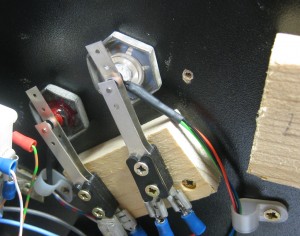
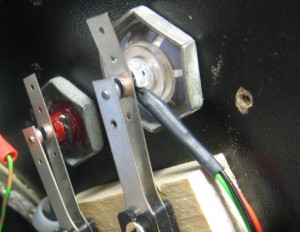
Replay Knocker
I added a replay knocker, but at the current time its not connected, because it takes a lot of current and an higher voltage (50V). So it will be connected later.. with the help of a separate relais that can handle this.
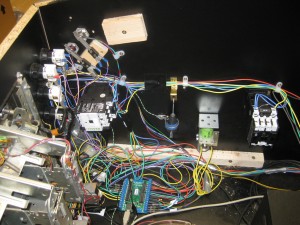
Shaker
Missing at the moment. But it will rock the system later…
Flasher Effects
For „Flasher Effects“ I am using High Power RGB-Leds with 3W.
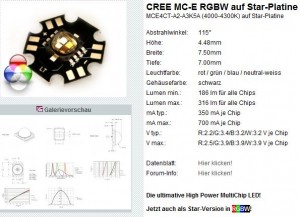
I done it for a first try this easy way
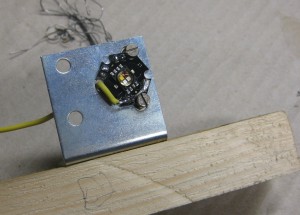
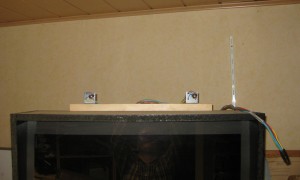
The Gameplay and feeling
after adding all thes hardware it was time to test it.
For the first try I used the STNG Table and uses the config from Ext2k/Manofwar.
I added the slingshots via the Solonoid Documentation of the original STNG Pinball.
And the Autoplunger to the 2nd right Solonoid. As you know the table shots 4 Balls at startup into the table.
And I added the Bumper to Solonoids.
And added the flasher to the slingshots for a fast test.
So it lights up, when the ball hits a slingshot.
I haven’t so much fun for years with this rumble upgrade!
Thanks to Manofwar! and the betatesters… Virtual Pinball is coming more real as you can imagine.

